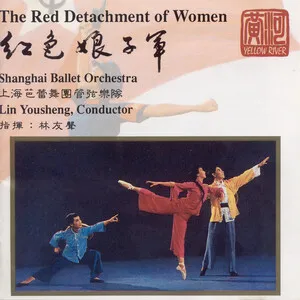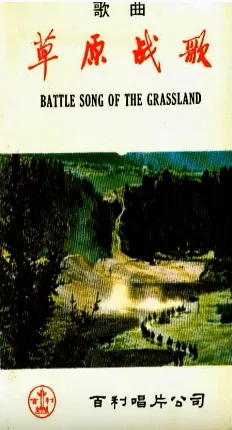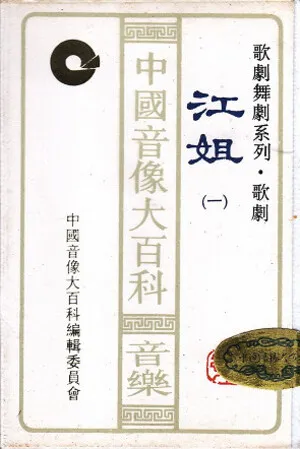Revolutionary opera refers to politically themed stage works that reframe traditional operatic forms to promote revolutionary ideology, heroic proletarian values, and class struggle.
In its most visible incarnation during China’s Cultural Revolution, it modernized elements of Peking opera and other regional forms by adding Western-style orchestration, march-like rhythms, and clearly delineated heroic and villainous character types. Melodies are typically direct and memorable, often pentatonic, and deployed as leitmotifs that signal ideological roles (workers/peasants/soldiers vs. landlords/imperialists). Choruses, synchronized movement, and stage tableaux emphasize collective action and propaganda clarity.
Representative model works include Taking Tiger Mountain by Strategy, The Red Lantern, Shajiabang, On the Docks, Raid on the White Tiger Regiment, Azalea Mountain, and two ballets—The Red Detachment of Women and The White-Haired Girl—whose musical language and dramaturgy align with the same revolutionary aesthetic.
Revolutionary opera crystallized in the 1960s as political leaders sought an art form that could communicate revolutionary ideology to mass audiences. In China, this meant transforming Peking opera and other regional traditions into modern propaganda theatre with streamlined plots, heroic archetypes, and music accessible to non-specialist listeners.
During the Cultural Revolution (1966–1976), a small canon of “model works” standardized the style. These productions combined traditional Chinese vocalization and percussion with Western-style orchestras, march rhythms, and cinematic staging. Narrative focus shifted to workers, peasants, and soldiers, while villains represented feudal or imperialist forces. The model repertoire—such as Taking Tiger Mountain by Strategy, The Red Lantern, Shajiabang, On the Docks, Raid on the White Tiger Regiment, Azalea Mountain, and the ballets The Red Detachment of Women and The White-Haired Girl—was performed nationwide on stage and adapted for film, broadcasting a unified revolutionary aesthetic.
Musically, revolutionary opera retained the timbres and prosody of Chinese opera (e.g., jinghu fiddles, gongs, clappers) but added full Western orchestration, clear tonal harmony, and thematic leitmotifs. Choruses and massed stage pictures reinforced collectivism, while block harmonies and martial rhythms underscored scenes of struggle and triumph. Costumes, lighting, and choreography amplified ideological symbolism and clarity of character types.
After 1976, the dominance of revolutionary opera receded, but its musical and theatrical techniques—especially the fusion of Chinese operatic declamation with symphonic forces and massed choral writing—left a lasting imprint on national troupes, film adaptations, patriotic repertoire, and later revivals and reinterpretations. It remains an important cultural reference point and a document of how political ideology reshaped traditional performing arts.



%2C%20Cover%20art.webp)
%20(Disc%201)%2C%20Cover%20art.webp)


%20(Sister%20Jiang)%2C%20Cover%20art.webp)
